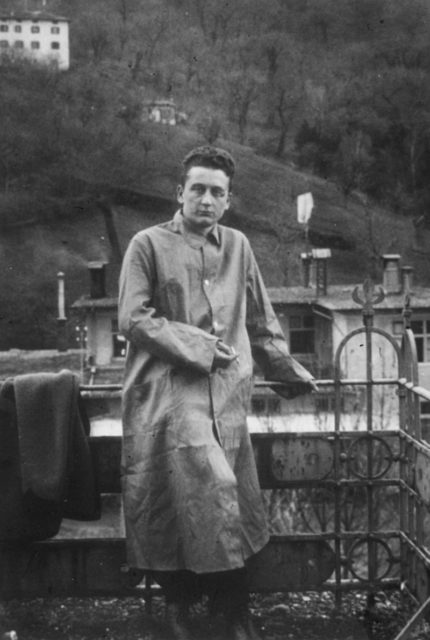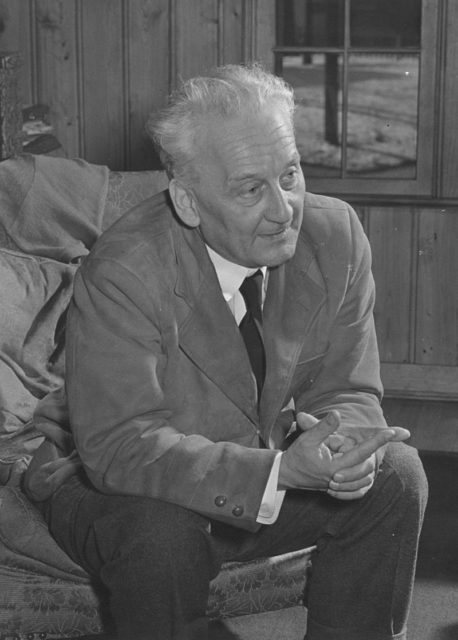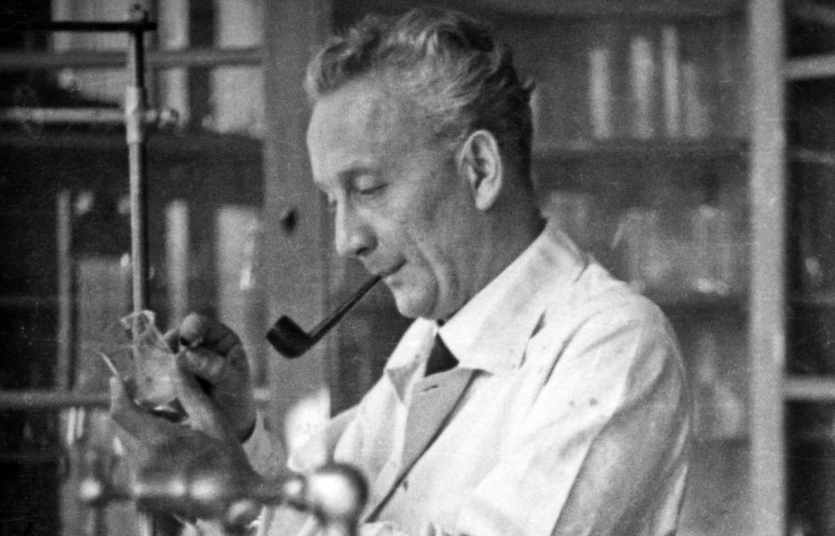Szent-Györgyi was a Hungarian biochemist who won the Nobel Prize, assisted the Hungarian Resistance during WWII, and was responsible for isolating vitamin C. Born in the 1800s, Szent-Györgyi lived a colorful life and eventually made massive contributions to science which continue to impact the world today.
Early Years
Szent-Györgyi was born on September 16 1893 in Budapest, Kingdom of Hungary, to a family rich with scientists. His mother, Jozefina Lenhossék, was the daughter and sister of two anatomists, while his father, Miklós Szent-Györgyi, was a landowner and a descendant of nobility. At the time, coming from nobility opened up opportunities not normally presented to one without such status.
At the start of the 1910s, Szent-Györgyi was studying at the Semmelweis University in Budapest before joining his uncle at his anatomy lab. However, the outbreak of WWI put a stop to Szent-Györgyi’s studies, as he had to serve as a medic in the military.
By 1916 Szent-Györgyi had become disillusioned with the war and decided he wanted out, so he shot himself in the arm. He blamed the wound on enemy fire and was successfully sent home. With the war behind him, he returned to his studies and earned a medical degree from the University of Budapest in 1917. Also in 1917, he married Kornélia Demény, the daughter of Hungary’s Postmaster General.
The pair had a daughter the following year but would divorce in 1941.
Interwar period

After the war ended he turned his sights to biochemistry, in particular the processes behind cellular respiration. While pursuing studies in this field he moved around to a number of universities, eventually earning a fellowship with the Rockefeller Foundation at the University of Cambridge.
In 1929 while at Cambridge Szent-Györgyi earned his Ph.D. and isolated an organic reducing agent from plant juices and adrenal glands, which he named “hexuronic acid.” Today this acid is known as ascorbic acid.
In 1930 he moved to the University of Szeged and helped prove that hexuronic acid was the then-unknown anti-scurvy agent known as vitamin C. At Szeged, he continued his work on cellular respiration, the breakdown of carbohydrates into key substances to be used as energy by a cell. His research laid the groundwork for understanding the entire cycle, which would become known as the Krebs cycle.
By 1937 Europe was on the brink of war, while Szent-Györgyi was awarded the Nobel Prize in Physiology or Medicine “for his discoveries in connection with the biological combustion process with special reference to vitamin C and the catalysis of fumaric acid.” He would later donate all of his winnings to Finland in 1940.
He conducted research into the biophysics of muscles and learned that when actin, a protein in the muscle, is combined with the protein myosin and ATP, an energy source, the muscle contracts.
Outbreak of war
The outbreak of WWII caused chaos throughout Europe, and the scientific community was not spared. Szent-Györgyi helped his Jewish associates leave Hungary to avoid Nazi persecution, but as a man with progressive ideas, Szent-Györgyi himself was discredited by the right-wing.
He became a member of the Hungarian Resistance, eventually leading a group named after him.
Despite being allied with the Axis, Hungary’s prime minister Miklós Kállay sent Szent-Györgyi on a mission in 1944 that they hoped would allow Hungary to withdraw from the war. He went to Istanbul under the pretext of scientific work, but actually held talks with the British about Hungary’s unwillingness to continue in the war.
Unfortunately, the Nazis unearthed these plans and Adolf Hitler personally ordered Szent-Györgyi’s arrest. He managed to avoid the Gestapo for the rest of the war.
By the time the war ended Szent-Györgyi was a member of many councils, societies, boards, and academies, leading many to think he would run for President of Hungary. He did not stay in Hungary long though, as the country was now under the control of the Soviet Union. He left for the US in 1947 to continue his research.
Later life

In America, he continued to study muscles, albeit with patchy funding and received the Lasker Award in 1954. Szent-Györgyi’s research became more heavily focused on cancer towards the late 1950s, something that he would continue to study for the rest of his life. He also developed an interest in quantum mechanics.
His second wife passed from cancer in 1963, with Szent-Györgyi remarrying the 25-year-old daughter of a biologist two years later, however they divorced in 1968. Following this, he married again in 1975 to Marcia Houston, and the two adopted a daughter.
Szent-Györgyi died on October 22 1986 in Woods Hole, Massachusetts, at the age of 93.
